Happy Sea Otter Awareness Week! In my last post to cap a month-long celebration of sea otters, I want to leave you with a call to action.
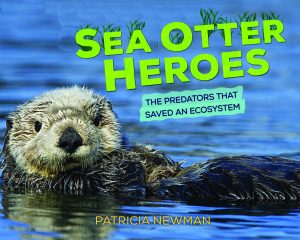
“The step-by-step process of ascertaining that the sea otter was responsible for the thriving ecosystem provides a strong example of the value and excitement of primary research … A very informative selection for environmental studies.” —School Library Journal
Post Seven: A call to action from the photographer
One of my favorite aspects of Sea Otter Heroes was working with my daughter, Elise Montanino, an all-around great young woman (IMO) and a zookeeper at the San Diego Zoo Safari Park. Elise, who supplied several of the photos for Sea Otter Heroes, talks about working with her mom and how she encourages zoo visitors to help endangered species
Patricia Newman: Be honest. What was it like working with your mother?
Elise Montanino: Working with my mother is fabulous! Sea Otter Heroes is just one of many projects that we have collaborated on…we wouldn’t continue collaborating if we didn’t get along. Mom and I have similar personalities and mental processes, but we approach questions from different yet complementary points of view: we both strive to inspire people to care about our world, but Mom approaches questions from the perspective of a storyteller, while I approach questions from the perspective of a conservationist.
Additionally, Mom’s writing has inspired me to write as well. Her enthusiasm and patient editing of my verbose first drafts has not only influenced me to write magazine articles with her, but has made me into a blogger in my own right.
Not only is Mom patient with my wordy first drafts, but she is also patient with inept photography. Working on Sea Otter Heroes was the first time I’ve acted as a photographer for a project. Taking wildlife photographs is not as easy as it looks!! I think that for every clear shot I took of Brent or seagrass on that trip, I have about 300 blurry sea otter photos…but Mom just laughed along with me. I couldn’t ask for a better partner!
Patricia: As a zookeeper, how do you inspire visitors to act on behalf of wildlife?
Elise: One of my primary jobs is to inspire visitors to conserve endangered species. In 1968, Baba Dioum said, “In the end we will conserve only what we love; we will love only what we understand; and we will understand only what we are taught.” Through daily keeper talks, behind-the-scenes tours, and special events, I introduce visitors to the endangered species I work with, such as Sumatran tigers and okapi. I use the animal’s life story and anecdotes about their personalities to make these exotic animals as relatable and familiar as possible. For example, I point out that Sumatran tiger Suka loves cardboard boxes, just like a house cat!
Once visitors have made a personal connection with one of these incredible animals, I use that opportunity to educate visitors about that species’ natural history, habits, and status in the wild. Often, visitors want to continue to help these species after their visit to the Safari Park, so I share ways they can help from home (use sustainably grown palm oil, ban the straw, recycle cell phones, etc.). Seeing a guest fall in love with an animal and take a step towards conserving that species is one of the best parts of my job.
A call to action for teachers and their students
As an author, I enjoy speaking with the teachers and students who read my books. Middle-school librarian Brenda and I were lucky enough to meet in person at an ALA conference a few years back. When Sea Otter Heroes was released, she wrote a blog post about the book in which she says, “I will put this right out there – Sea Otter Heroes is a first purchase! The adorable sea otter who appears to be looking directly at the camera will lure your patrons/students and the author’s storytelling skills will keep them interested. Newman delivers another cogent, superb and influential book … Now, more than ever, we need to nurture young readers’ fascination with animals and nature. There is so much at stake.”
And Brenda is right. Our planet is at stake! So I hope the following thoughts from a number of sources help inspire you to bring a child closer to nature and to #ProtectOurWorld.
How Brenda Kahn will use Sea Otter Heroes in the classroom: I am using Sea Otter Heroes as a mentor text with grade 7 this year. I have several hard copies but purchase unlimited e-books. We will read the book together. I will point out how to approach reading a non-fiction text, note taking, exploring the back matter, and checking out the resources. I would like them to brainstorm reactions and questions about what they read. From there, students will need to choose their own “Scientist at Work” book to read from a collection I have in the library.
Unleashing Reader’s Kelle Moyer developed discussion questions: What is the “critical link between” sea otters and flowering sea grass? Finding the link was an accident, what was Brent Hughes studying when he found the connection? What was the proof that the connection existed? How does the Elkhorn Slough exist? What are Hughes’s 7 steps to think like a scientist? Observe nature and go through the 7 steps yourself. What part did sea hares play in Brett Hughes’s experiment? What is a trophic cascade? How are what was discovered about the otters similar to the situations with wolves and sperm whales Newman shared?
Download a CCSS-aligned Teaching Guide
Thanks for joining me this month. Did you miss other posts in the series? Catch up here:
- Post One: Saving Sea Otters: One cool job
- Post Two: Saving Sea Otters: Science tips for kids
- Post Three: Saving Sea Otters: Continued threats
- Post Four: Saving Sea Otters: Environmental heroes
- Post Five: Saving Sea Otters: Sharing a trophic cascade
- Post Six: Saving Sea Otters: Star in a kids’ book
Next Steps: Another call to action
Invite me to your next environmental, school, or library event. You can find out more about my visits on my Author Visit page.
[Featured photo credit: Ron Eby]


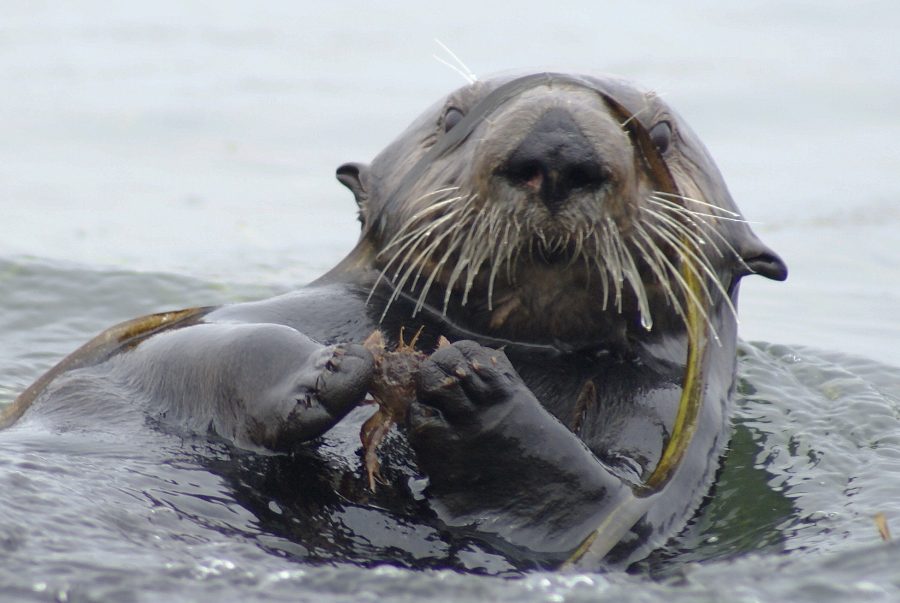

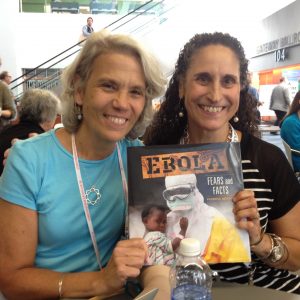
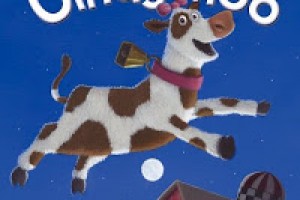
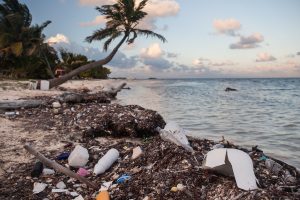


Leave a Reply
Your email is safe with me.